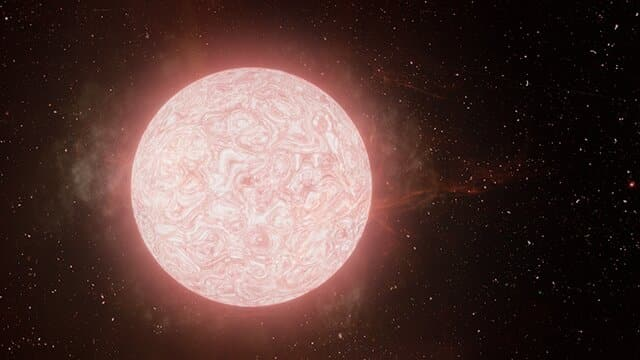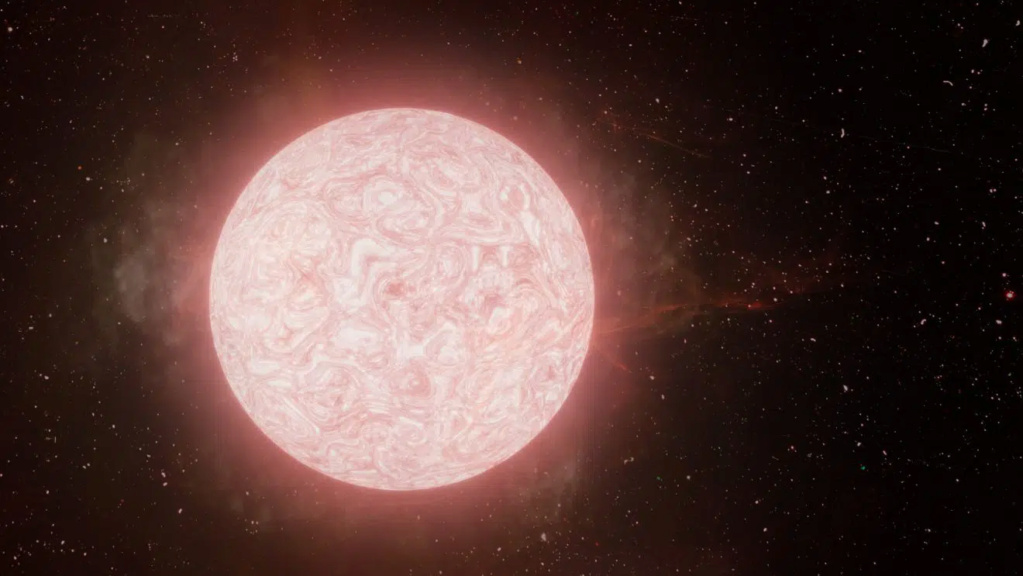“For the first time, we saw a red supergiant explode”

Credits: WM Keck Observatory/Adam Makarenko
Astronomers witnessed in "real time" the dramatic end of life of a red supergiant star, observing its rapid self-destruction before it collapsed into a Type II supernova. This work, published in The Astrophysical Journal , challenges previous ideas about how these objects evolve just before they die.
Red supergiants are relatively massive stars in the process of completing their main sequence phase. In other words, they have consumed all of their hydrogen and are about to die. The Young Supernova Experience survey has made it possible to follow the evolution of one of these heavyweights at the end of its life.
As part of this work, researchers relied on the Pan-STARRS telescope and the WM Keck observatory, both in Hawaii. The doomed massive star was first detected in the summer of 2020, betrayed by its huge amounts of radiation emitted into space. About 130 days later, in the fall of 2020, it ended its life as a supernova "before the eyes" of astronomers.
" This is a breakthrough in our understanding of what massive stars are doing moments before they die ," said Wynn Jacobson-Galán, of the University of California, Berkeley and lead author of the study. “ Direct detection of pre-supernova activity in a red supergiant star has never been observed before for an ordinary Type II supernova. For the first time, we saw a red supergiant star explode! "

A tumultuous end of life
Researchers quickly captured the powerful flash and obtained the first-ever spectrum of the energetic blast, named supernova 2020tlf, using the Keck Observatory's Low-Resolution Imaging Spectrometer (LRIS). These data testified to the presence of dense circumstellar material surrounding the star at the time of the explosion. It was probably the same gas that betrayed the star's presence before.
A follow-up examination of the supernova, conducted from the Keck Observatory, also determined that the star, once located in the galaxy NGC 5731 about 120 million light-years away, was about ten times more massive than the Sun. _
Finally, this discovery challenges previous ideas about how red super giants evolve before exploding.
Previously, all such objects indeed appeared relatively quiet, showing no signs of a violent eruption or light emission. Here, the detection of intense radiant activity during this star's final year suggests that at least some of these stars must undergo significant changes in their internal structure before they collapse.
Source: websites

